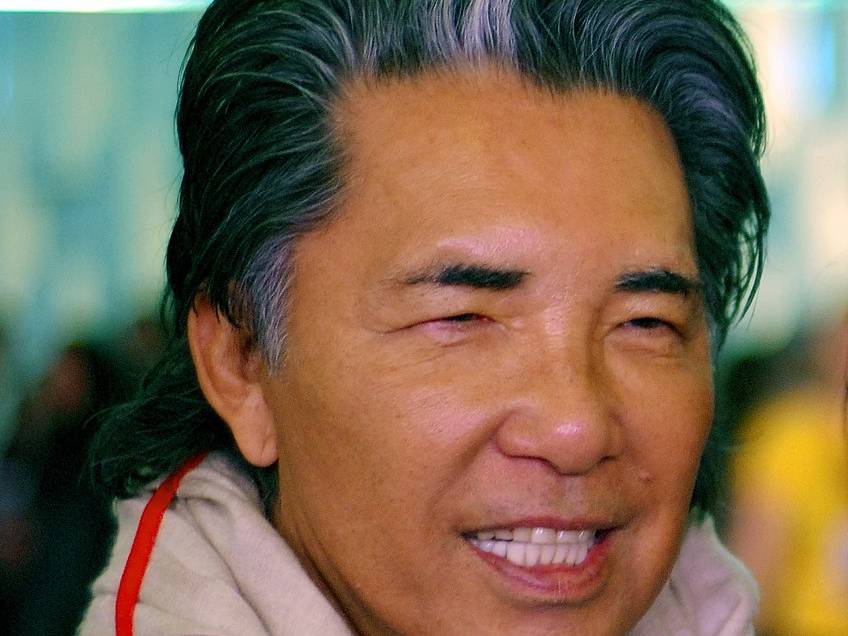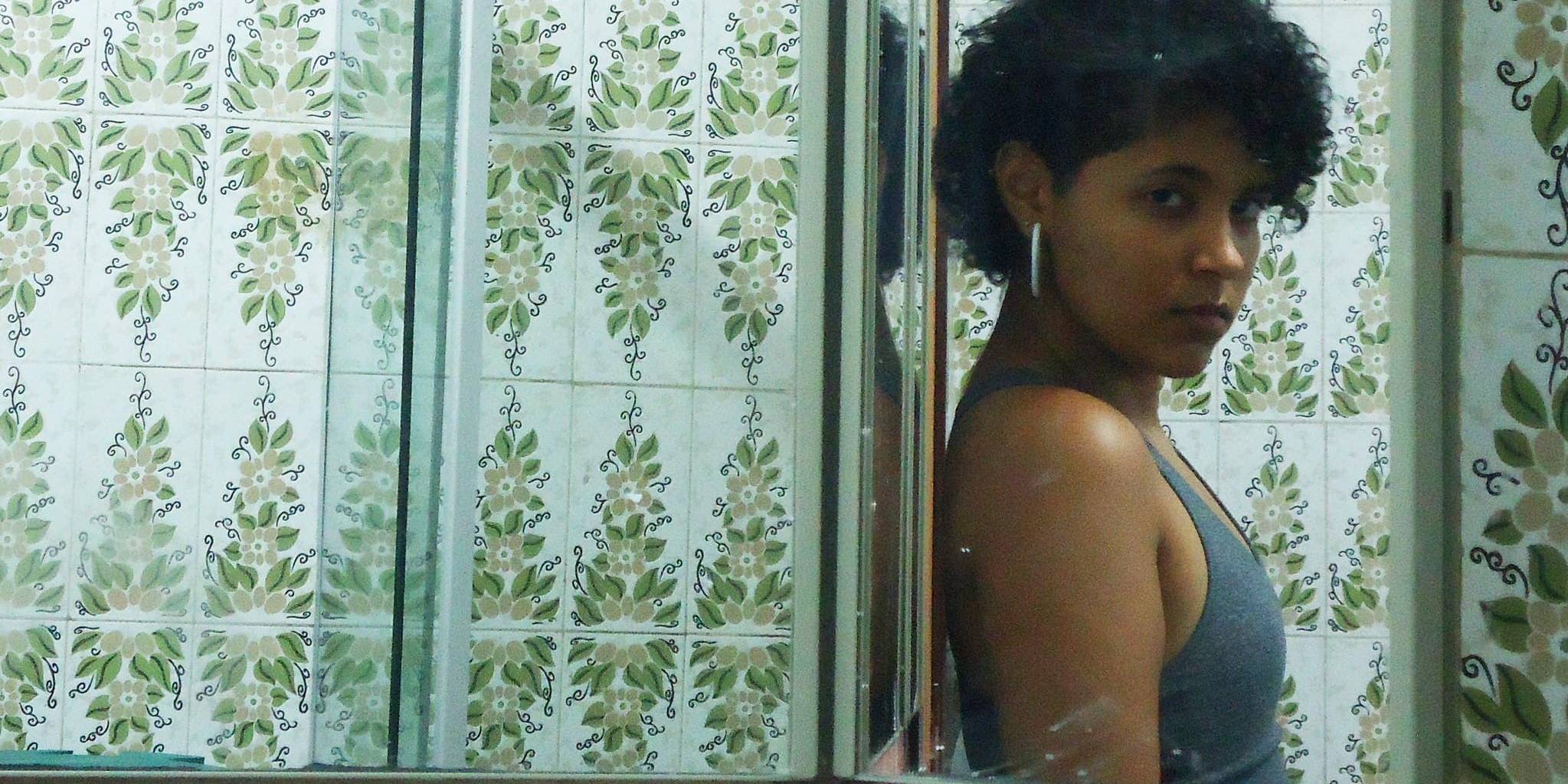Image header: N509FZ, (CC BY-SA 4.0)
“At the end of the 1980s I wanted a Japanese house with a garden in the middle of Paris. My dream came true,” Kenzo said as he showed reporters his old home.
The Japanese fashion designer, who was one of the most famous in the fashion world and was known for his East-meets-West, Old-meets-New design, sold his estate which was located in the center of Paris on the Marais side of the Bastille district and was about 1200 m².
Kenzo had transformed a former warehouse into a villa that spanned four levels and was inspired by traditional Japanese design, with a modern twist and a uniquely elegant interior. The house had five bedroom suites and a master bedroom that alone had two dressing rooms. The main house contained the living room, an indoor swimming pool, a library, a professional kitchen, a gym, a sauna, a hammam and two Jacuzzis. The house included a large mezzanine studio and featured oak floors, an elevator and six fireplaces. The house was nestled in a tranquil garden with a Japanese-style gazebo and a carp pond.
Kenzo sold not only his house, but also what was inside: his museum-like collections of Asian art, furniture, and antique kimonos.
Subsequently he moved from the center of Paris to its outskirts. His last apartment was located in the 12th arrondissement of Paris (, overlooking the Seine River, as it used to be a boathouse. At 250 square meters, the apartment was still spacious, but compared to 1200 square meters, it’s less than a quarter. But size no longer mattered. Kenzo, who was in his 70s then and had earned enough to afford to maintain his former lifestyle and the house he lived in for two decades, was quoted as saying he wanted to “turn a page and live differently, more free, lighter.”
Even though his final home was not a humble shack, it seems that in his old age he had found new values to live by. It seems that he had to lose himself in luxury to realize that contentment is, after all, the highest luxury in the world.
The Japanese fashion designer, who was one of the most famous in the fashion world and was known for his East-meets-West, Old-meets-New design, sold his estate which was located in the center of Paris on the Marais side of the Bastille district and was about 1200 m².
Kenzo had transformed a former warehouse into a villa that spanned four levels and was inspired by traditional Japanese design, with a modern twist and a uniquely elegant interior. The house had five bedroom suites and a master bedroom that alone had two dressing rooms. The main house contained the living room, an indoor swimming pool, a library, a professional kitchen, a gym, a sauna, a hammam and two Jacuzzis. The house included a large mezzanine studio and featured oak floors, an elevator and six fireplaces. The house was nestled in a tranquil garden with a Japanese-style gazebo and a carp pond.
Kenzo sold not only his house, but also what was inside: his museum-like collections of Asian art, furniture, and antique kimonos.
Subsequently he moved from the center of Paris to its outskirts. His last apartment was located in the 12th arrondissement of Paris (, overlooking the Seine River, as it used to be a boathouse. At 250 square meters, the apartment was still spacious, but compared to 1200 square meters, it’s less than a quarter. But size no longer mattered. Kenzo, who was in his 70s then and had earned enough to afford to maintain his former lifestyle and the house he lived in for two decades, was quoted as saying he wanted to “turn a page and live differently, more free, lighter.”
Even though his final home was not a humble shack, it seems that in his old age he had found new values to live by. It seems that he had to lose himself in luxury to realize that contentment is, after all, the highest luxury in the world.

Image: michell zappa, CC-BY-3.0
Kenzo Takada died from Covid-19 disease in Paris on October 4, 2020, at the age of 81.
Also read: Coffee & cups from our story collection in INSPIRATION
You may also like
Peeling back the layers to finally find ourselves
In our quest to have others accept us for who we truly are,…
Turning shit into manure
Shit happens. And whenever life goes off the rails,…
From loneliness to aloneness to all-oneness
When we don't have someone special in our lives or feel…




